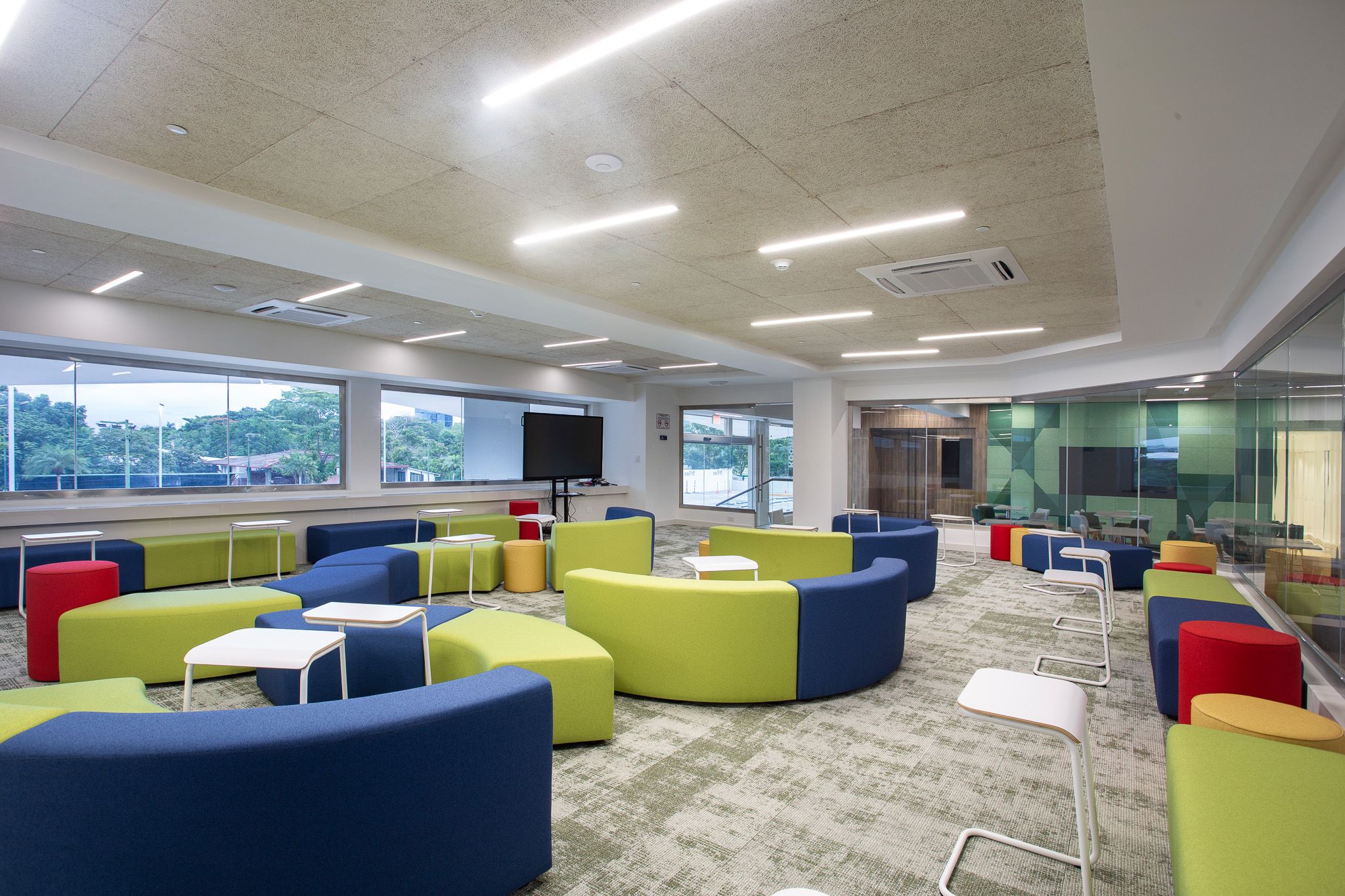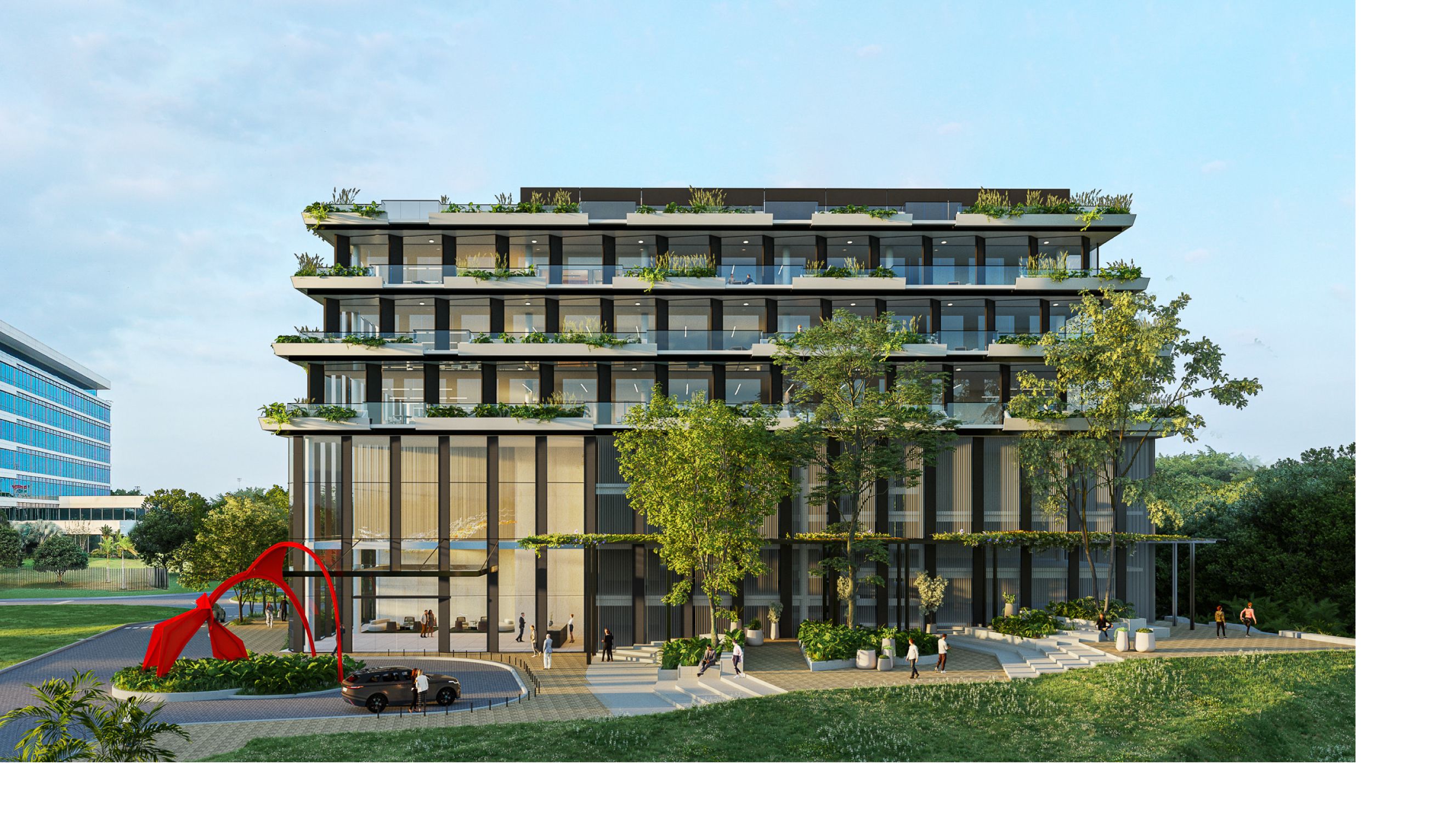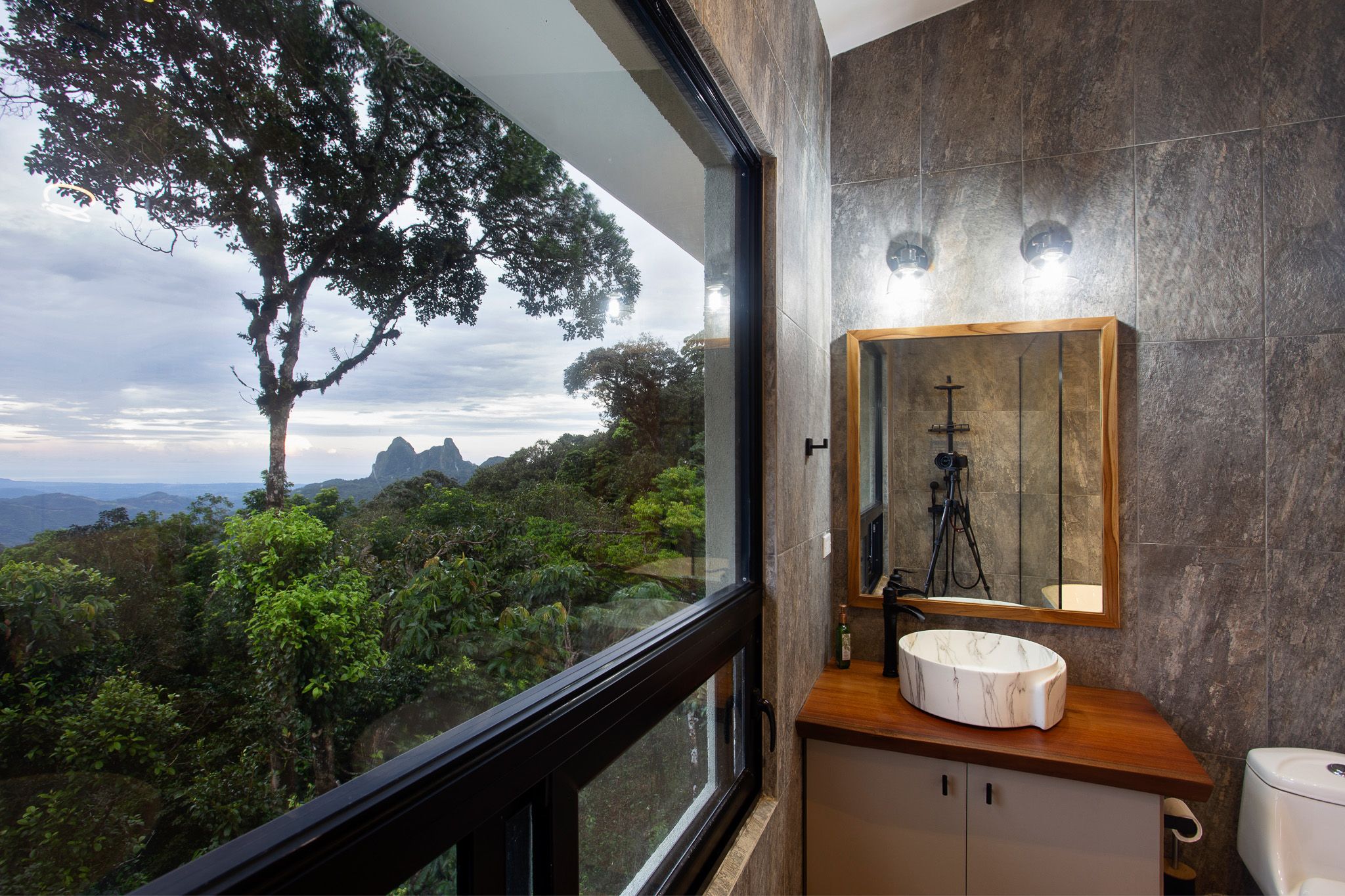Architectural Identity of Panama: A Country of Contrasts and Cultural Layers
Architectural Identity of Panama: A Country of Contrasts and Cultural Layers
Panama is a unique country in the Americas: a land bridge between two continents, a meeting point of oceans, and a hub for trade and migration. This complex identity is reflected in its architecture, which mixes colonial heritage, modern urban ambitions, tropical resilience, and global influences. From historic landmarks to cutting-edge high-rises, Panamanian architecture tells a story of transformation, cultural syncretism, and environmental adaptation.
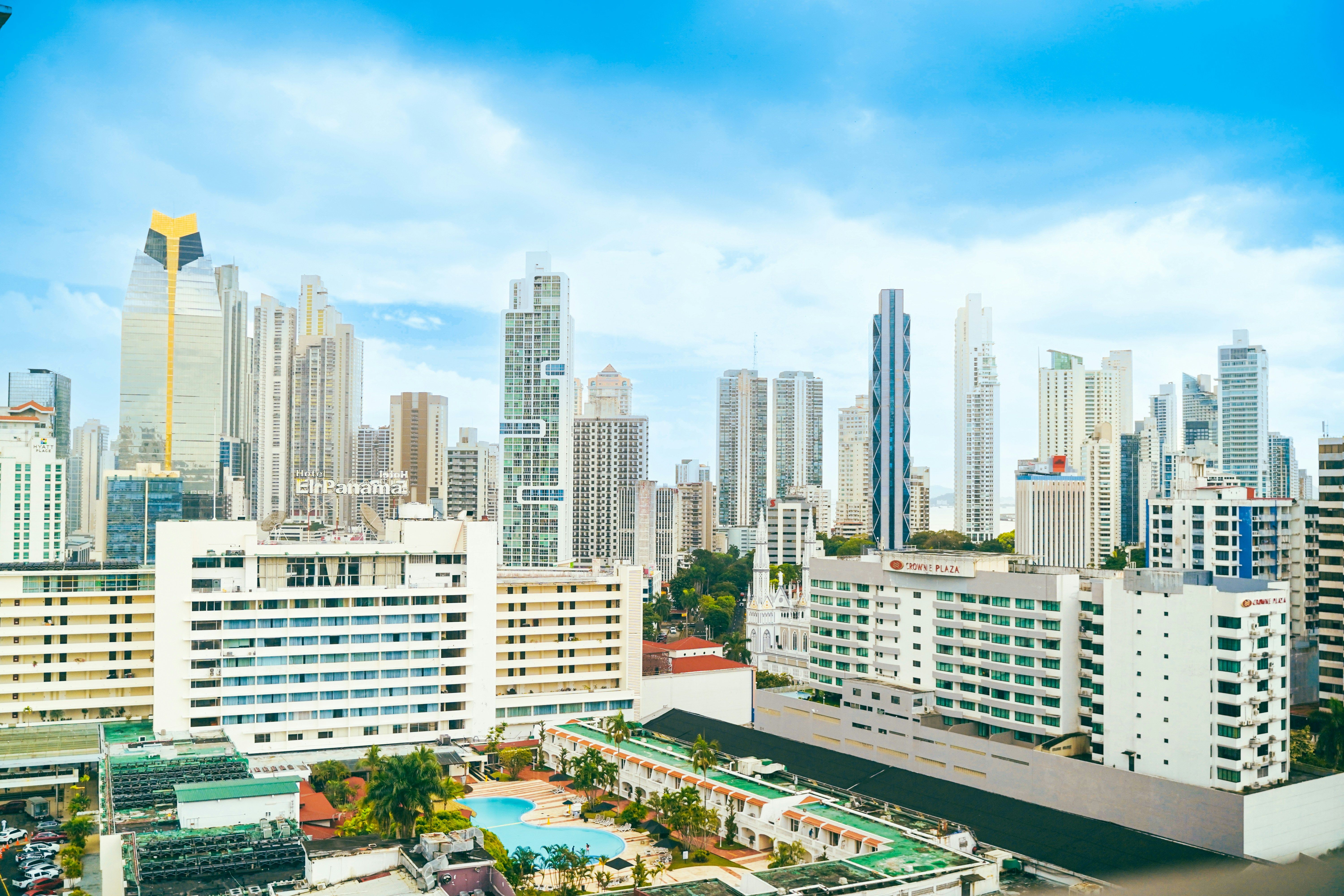
A Brief History of Panamanian Architecture
Colonial and Republican Eras
Panama's architectural heritage begins with its colonial cities. The ruins of Panama Viejo (founded in 1519) and the colonial charm of Casco Antiguo (a UNESCO World Heritage Site) offer a glimpse into Spanish colonial design: thick masonry walls, internal courtyards, and baroque facades. These elements were designed for tropical adaptation and social hierarchy.

The Republican era brought French and neoclassical influences, particularly visible in public buildings like the National Theater and the old Panama Canal Zone infrastructure, blending tropical functionality with European grandeur.
The Rise of the Modern Metropolis
In the second half of the 20th century, Panama began to develop a modern skyline, particularly in Panama City. Inspired by North American and international modernism, architects adopted glass curtain walls, steel structures, and minimal ornamentation. However, this trend often neglected local climatic needs, leading to a movement of tropical modernism that reintroduced passive ventilation, shading devices, and natural integration.
Contemporary Architecture: Innovation and Vertical Growth
Panama City now boasts one of the tallest and most dynamic skylines in Latin America, reflecting the country's ambition to position itself as a regional financial and business center. New high-rises combine aesthetics with technology, incorporating energy-efficient systems and sustainable strategies.
Business complexes like Costa del Este and Santa Maria showcase mixed-use developments with a focus on corporate identity, walkability, and urban cohesion. Architectural firms like DIAZ DIAZ have contributed to this transformation, blending international standards with local sensibilities in projects like the Caterpillar Corporate Offices, Metro Park Corporate Building, and Business Park Central Garden.
Schools of Architecture and Education
Panama is home to several institutions that shape the future of its architectural profession. Among the most prominent are:
- Universidad de Panama (UP): Its Faculty of Architecture is one of the oldest in the country, offering traditional training with a focus on historical and social contexts.
- Universidad de Las Americas (UDELAS) and Universidad Latina: Known for integrating sustainability, urban planning, and contemporary design trends into their programs.
- Florida State University (Panama campus): Brings an international perspective to architectural education.
These institutions promote local talent and encourage critical discussions around the country’s urban and environmental challenges.
Climate and Environmental Influences
Given its tropical location and heavy rainfall, Panamanian architecture must respond to environmental conditions. Some common strategies include:
- Deep roof overhangs for shade
- Cross ventilation through operable windows
- Use of locally sourced materials like wood, stone, and bamboo
- Integration of greenery in roofs and courtyards
Firms that embrace these principles, such as in the design of Cerquita del Cielo, demonstrate a commitment to environmental responsibility.
Public Architecture and Cultural Icons
Public infrastructure in Panama also tells a story of national identity. The Biomuseo, designed by Frank Gehry, is one of the most iconic examples of contemporary architecture in the country. With its colorful, angular roofs and narrative-driven layout, the building explores Panama's role in global biodiversity.
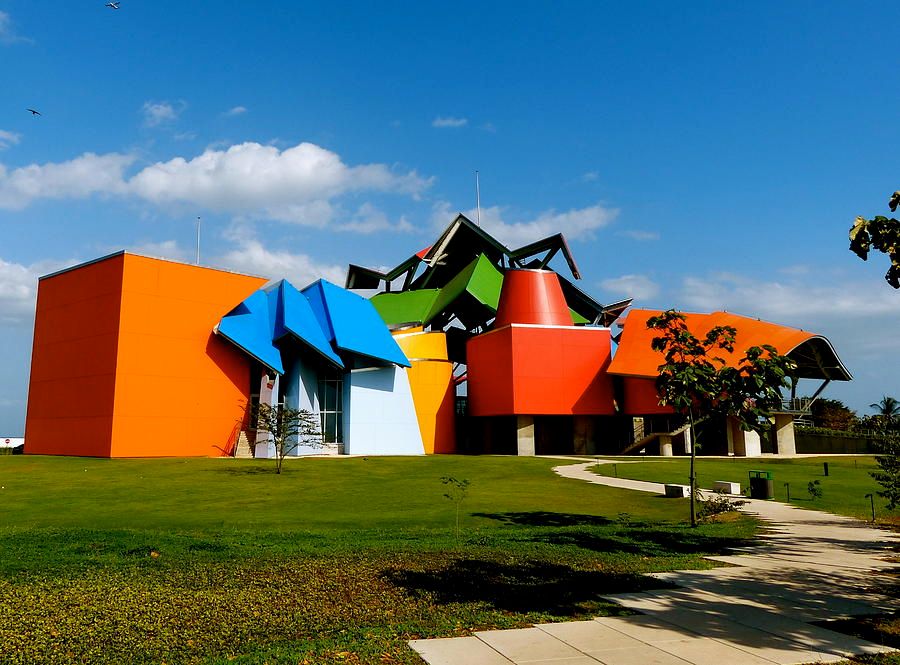
Other significant cultural and civic buildings include:
- The Panama Canal Museum
- The Supreme Court Building
- The Panama Metro stations, incorporating art and accessibility
Conclusion: A Living Urban Laboratory
Panama's architectural landscape is one of contrasts: historical preservation beside futuristic towers, informal housing near gated communities, and eco-conscious design emerging within a context of rapid urbanization. These tensions reflect a country constantly negotiating its identity through space.
For local and international architects, Panama offers a fertile ground to explore the intersections between culture, climate, commerce, and community. Its architecture will continue to evolve, as new generations reinterpret the built environment to reflect the aspirations of a changing society.


